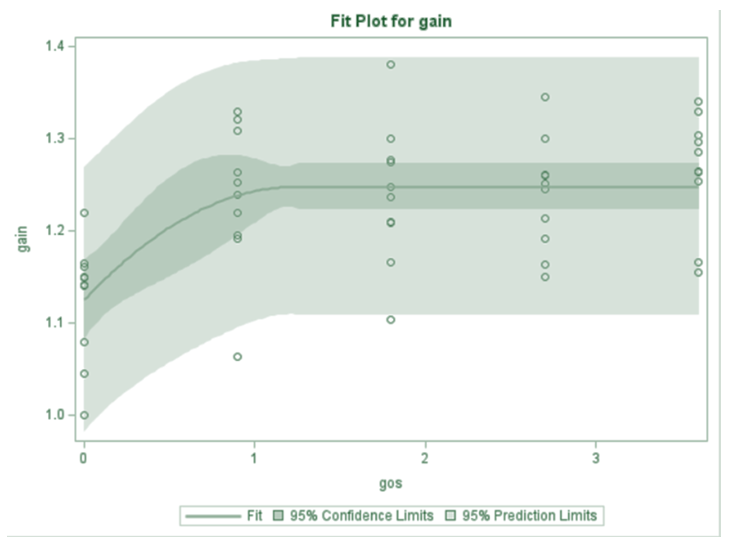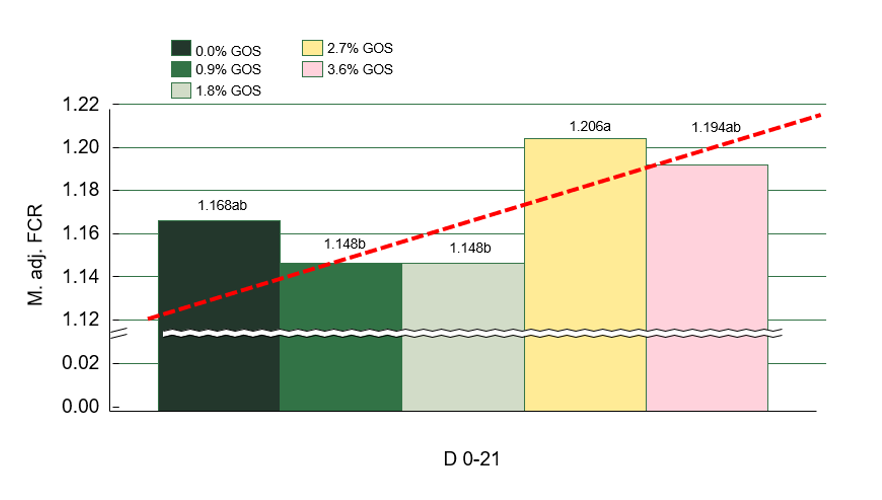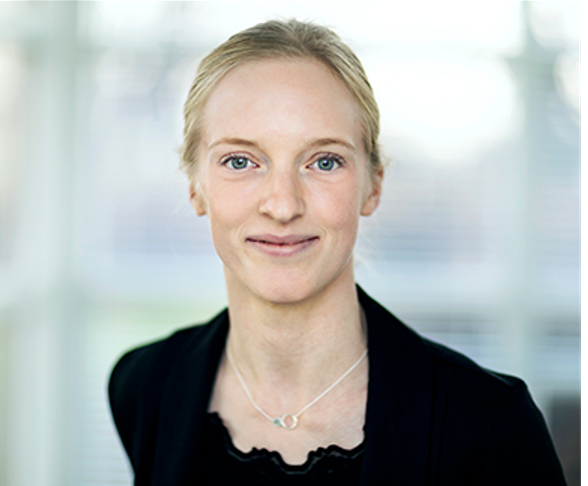



The undesirable effects are particularly relevant in the starter phase of chickens
In previous articles published on The Poultry Site, we have extensively addressed the importance of soybean galacto-oligosaccharides (stachyose and raffinose) in broiler feed (Blanch, 2020, 2021ab). The inclusion of relatively high levels of these oligosaccharides can reduce the productive performance of the birds (Jiang, 2006), in addition to leading to pododermatitis on the farm (Perryman et al., 2013).
These undesirable effects of soy galacto-oligosaccharides are particularly relevant in the starter phase of chickens, since the high amino acid requirements normally lead to high inclusion levels of soybean meal (SBM) in the feed at this early age. In addition, the fermentation capacity of the immature microbiota is not fully developed, so the part of SBM galacto-oligosaccharides that is not fermented will inexorably generate intestinal disorders and consequently pododermatitis, often without identifying the dietary root of these issues.
However, the use of SBM in feed is unavoidable today. The crux of the matter is knowing up to what level of SBM galacto-oligosacchaides we can have in the starter feed without compromising the performance and health of the chicks. This was the objective of a recent study carried out by the Department of Poultry Science at the University of Arkansas in collaboration with Hamlet Protein (Teague et al, 2021).
The objective of this study was to investigate the effects of the soy galacto-oligosaccharides (GOS) raffinose and stachyose on performance and health in young broilers (0-21 days). Birds were fed a GOS-devoid diet based on soy protein isolate (SPI) or supplemented with 0.9, 1.8, 2.7, or 3.6% GOS. These GOS levels were chosen to cover the range of levels that we can potentially face in real life. According to Garcia-Rebollar et al (2016), the content of stachyose and raffinose in SBM may range from 5 to 10%. Thus, a starter diet with SBM as the sole source of protein included at a level of 35%, would have a GOS level in the range of 1.75% to 3.5%. Hence, the tested range of GOS (0-3.6%) in the present trial more than covers the levels that we can find in commercial starter diets.
Stachyose and raffinose were maintained at a ratio of 4:1, like what is found in SBM. Each one of these five treatments were administered to 10 replicates of eight birds. Birds had ad libitum access to feed and water. Body weight (BW) and feed consumption were recorded on 0, 7, 14, and 21d post-hatch for assessment of feed intake (FI), body weight gain (BWG), and feed conversion ratio (FCR). Data were analyzed by one-way ANOVA. Means were deemed significantly different (p<0.05) by Tukey’s multiple comparison test. Linear, quadratic polynomial and quadratic broken-line regressions were used to investigate the dose-response of GOS in diets.
From day 0 to 21, a linear increase (p<0.01) in FI was observed with increased dietary GOS, whereas BWG showed a significative quadratic broken-line regression (p < 0.0001), reaching the maximum BWG (1.248 kg) at 1.25% of GOS in the diet and remaining constant from this level (Figure 1).

Similar to FI, the level of GOS in the diet had a significantly linear effect (p < 0.01) on FCR: the higher the GOS content in the diet, the higher the FCR on day 21 (Figure 2). The experimental groups that received 0.9 and 1.8% of GOS in the diet were the ones that showed the lowest mean FCR values (1.148).
Based on the growth results, it could be interpreted that chickens can use, via fermentation in the caeca and large intestine, galacto-oligosaccharides to a certain extent (up to 1.25% in the diet), generating short-chain fatty acids and consequently energy, which is used for growth. In this sense, low levels of galacto-oligosaccharides could play a role as prebiotics. However, growth is not improved beyond the 1.25% GOS in the diet, suggesting that chickens do not have the capacity to ferment GOS levels exceeding this amount. At levels of 1.8% GOS in the feed, BWG remains the same as at 1.25%, FCR being still not worsened.
Based on the productive performance results of this study, the ideal threshold of GOS in broiler starter diets would be around 1.25-1.8%. Considering previous research showing that a GOS level in the range of 1.75 to 3.5% can be expected in a broiler starter diet with 35% SBM, it is not unlikely that young chickens are fed a GOS level that exceeds the threshold of 1.25-1.8% in the final feed. Consequently, chick performance will suffer.

| References | ||||
|---|---|---|---|---|
| Blanch A., | ||||
| (November (2020)) | Soy oligosaccharides and beta-conglycinin, behind gut inflammations, wet droppings and footpad dermatitis in chickens | |||
| Blanch A. | ||||
| ((2021a)) | Bird welfare in poultry production: dietary soy α-galactosides do play a role! | |||
| Blanch A. | ||||
| ((2021b)) | Enzyme-treated soy protein in broiler (pre-) starter feed helps alleviate footpad dermatitis on farm. | |||
| Garcia-Rebollar et al | ||||
| ((2016).) | Influence of the origin of the beans on the chemical composition and nutritive value of commercial soybean meals.. Anim. Feed Sci. & Tech. | 221: 245-261 | ||
| Jiang H.Q. | ||||
| ((2006)) | Effect of stachyose supplementation on growth performance, nutrient digestibility and caecal fermentation characteristics in broilers.. Br. Poult. Sci., | 47: 516—522 | ||
| Perryman K.R. et al | ||||
| ((2013)) | Growth performance and meat yields of broiler chickens fed diets containing low and ultra-low oligosaccharide soybean meals during a 6-week production period.. Poult. Sci., | 92: 1292–1304. | ||
| Teague KD et al | ||||
| ((2021)) | Dietary soy oligosaccharides affect the gastrointestinal health and feed efficiency of growing chicks. | Oct 1 – Nov 3, 2021: 4 | Proceedings of the Symposium on Gut Health in Production of Food Animals, St. Louis, Missouri, |











